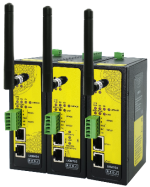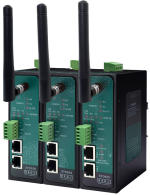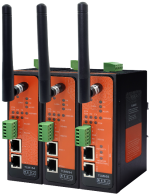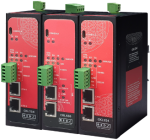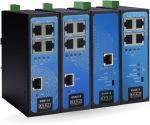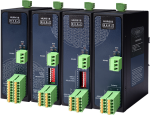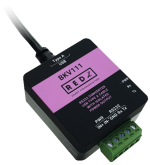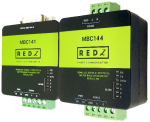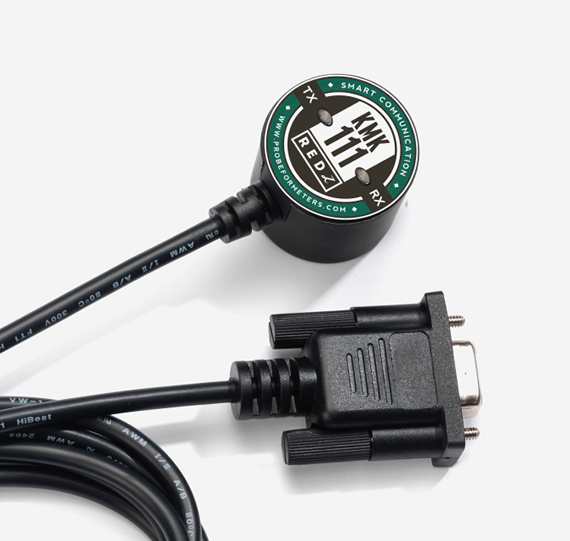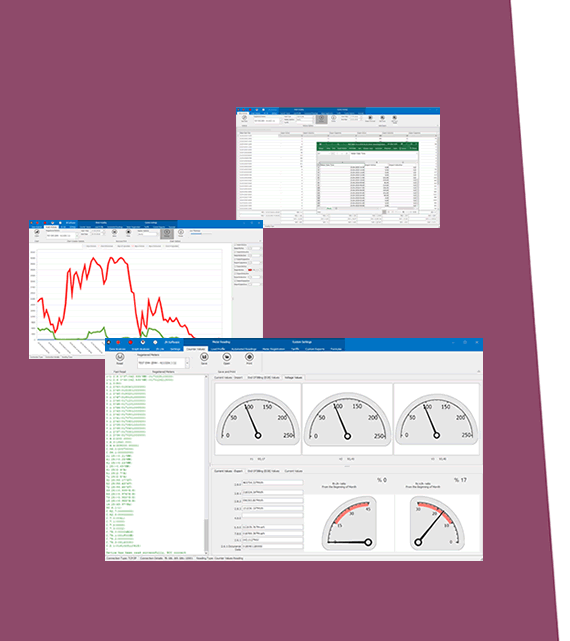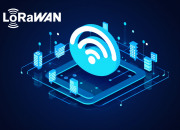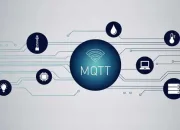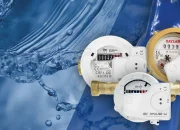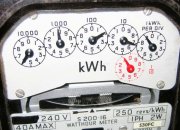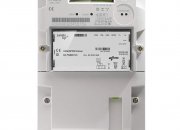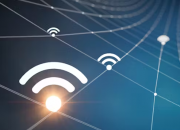1. Introduction
In the rapidly evolving world of industrial automation and IoT, efficient monitoring and control of remote I/O devices have become paramount. LoRaWAN (Long Range Wide Area Network) technology has emerged as a game-changer, offering long-range connectivity, low power consumption, and scalability—making it an ideal choice for industrial and commercial applications. By integrating LoRaWAN technology with advanced I/O devices such as the REDZ HUR Series Remote I/O, businesses can streamline operations, reduce costs, and enhance overall efficiency.
2. Why LoRaWAN for Remote I/O?
LoRaWAN is specifically designed to address the challenges of remote and wide-area connectivity. Key advantages include:
1. Long-Range Communication: LoRaWAN supports communication distances of up to 15 kilometers in rural areas and 2-5 kilometers in urban environments.
2. Low Power Consumption: Devices using LoRaWAN can operate on batteries for years, making them suitable for locations without a stable power source.
3. Scalability: LoRaWAN networks can support thousands of connected devices, providing a robust solution for large-scale industrial applications.
4. Secure Data Transmission: Advanced encryption ensures secure communication between devices and the network.
3. REDZ HUR Series Remote I/O Devices
The REDZ HUR Series Remote I/O devices are designed to integrate seamlessly with LoRaWAN technology. These devices offer:
• Versatile I/O Options: Support for digital inputs/outputs, analog inputs, and relay outputs, making them suitable for various industrial and commercial use cases.
• Rugged Design: Built to withstand harsh environmental conditions, the HUR Series ensures reliable performance in challenging environments.
• Plug-and-Play Deployment: Simplified installation and setup reduce deployment time and costs.
• Monitoring and Alerts: Collect data and receive instant notifications for anomalies or critical events.
4. Use Cases for LoRaWAN and REDZ HUR Series
The combination of LoRaWAN and REDZ HUR Series devices enables a wide range of applications:
1. Industrial Automation: Monitor and control machinery, track production metrics, and manage energy consumption.
2. Smart Agriculture: Automate irrigation systems, monitor soil moisture, and control agricultural equipment in remote fields.
3. Building Management: Oversee HVAC systems, lighting, and security systems in commercial buildings.
4. Utilities Monitoring: Manage water flow, gas distribution, and electricity consumption across vast networks.
5. Environmental Monitoring: Collect data on air quality, temperature, and humidity to ensure compliance with regulations.
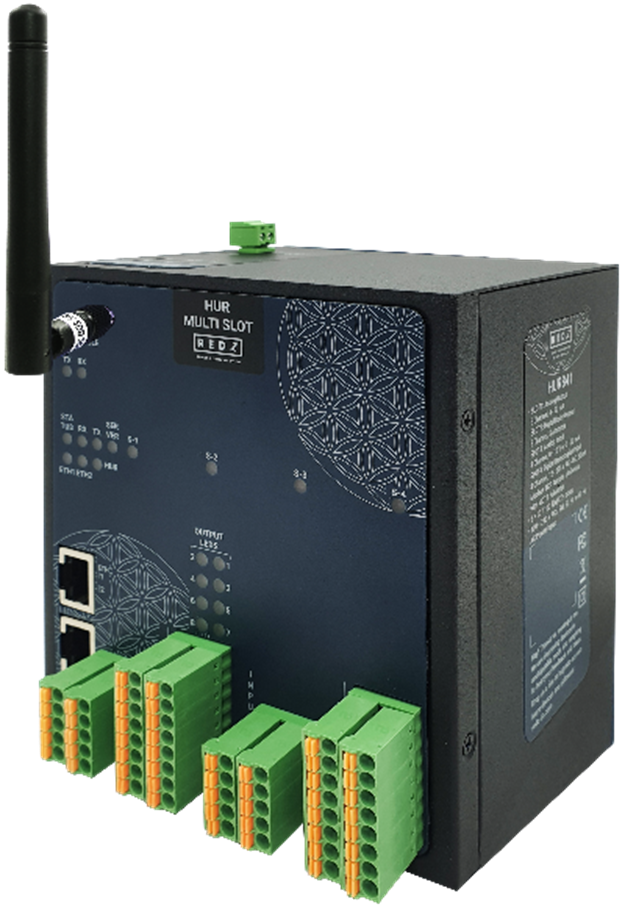
5. Simplified Integration with LoRaWAN Gateways
REDZ HUR Series devices are designed to integrate effortlessly with LoRaWAN gateways, creating a unified ecosystem for data collection and management. Once connected, data can be transmitted to cloud platforms for analysis, visualization, and decision-making. This seamless integration empowers businesses to harness the full potential of IoT without extensive infrastructure investments.
Benefits of Using LoRaWAN with REDZ HUR Series
1. Cost Efficiency: LoRaWAN’s low operational costs combined with the affordability of REDZ HUR devices offer a highly cost-effective solution.
2. Enhanced Reliability: The robust design of the HUR Series ensures minimal downtime and consistent performance.
3. Scalable Solutions: As your business grows, adding new devices to your LoRaWAN network is simple and cost-effective.
4. Sustainability: Low power consumption aligns with sustainability goals, reducing the environmental impact of industrial operations.
6. Conclusion
Monitoring and controlling remote I/O devices have never been easier or more efficient. The integration of LoRaWAN technology with the REDZ HUR Series Remote I/O devices provides a powerful solution for various industries, ensuring seamless connectivity, monitoring, and enhanced operational efficiency. By adopting this technology, businesses can future-proof their operations and unlock the full potential of IoT.


